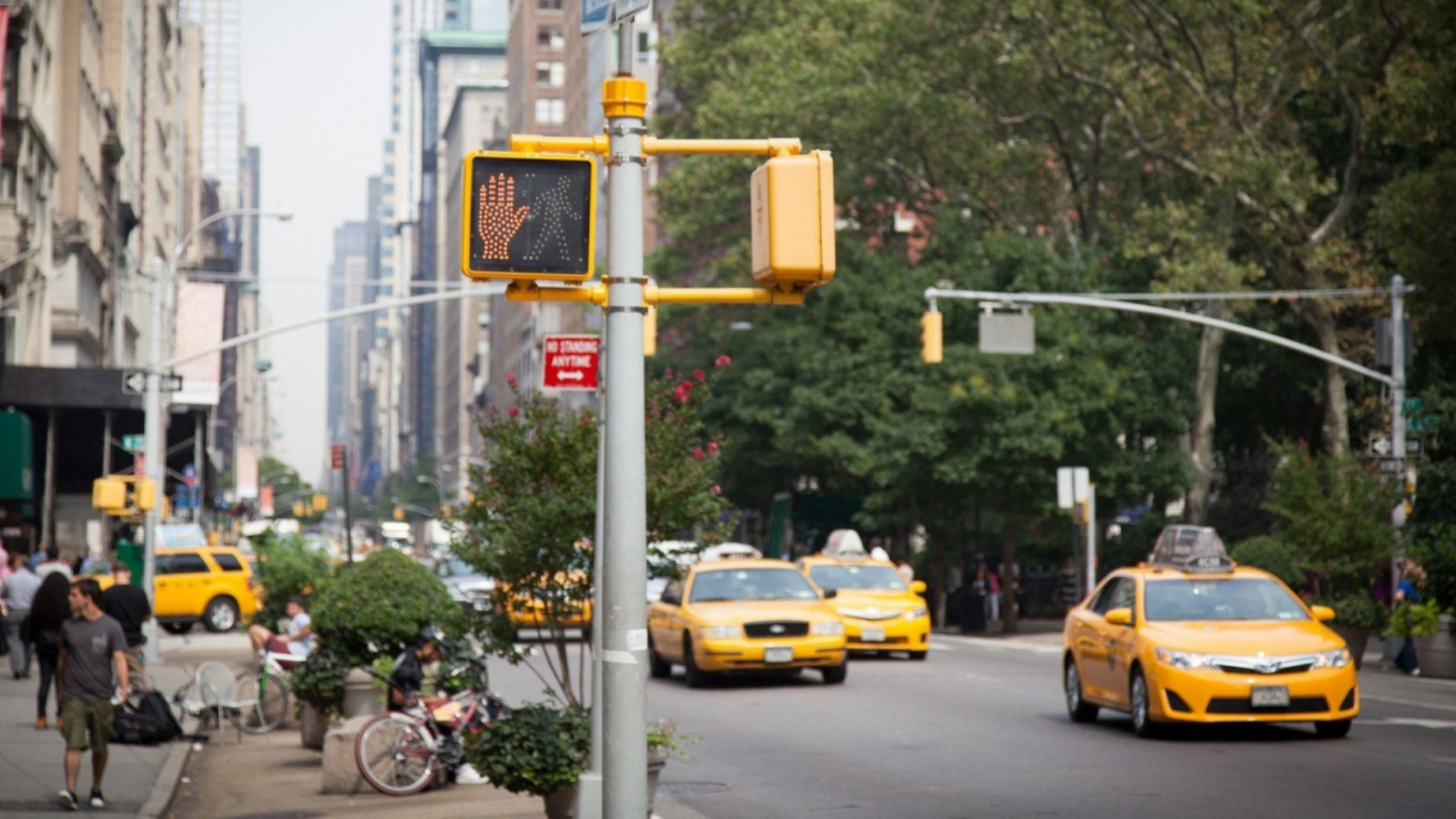Challenge
In a Pennsylvania study from 2015-2019 and 2021, it was found that more than 15% of transportation fatalities are vulnerable road users (VRUs)—people who walk and bike. The Pennsylvania Department of Transportation (PennDOT) sought a comprehensive strategy to improve walking and bicycling safer across the state.
Solution
A Kittelson team prepared the state’s first VRU Safety Assessment on a fast-track schedule to comply with new Federal requirements under the Infrastructure Investment and Jobs Act. About 200 high-risk areas for walking and bicycling were identified throughout the state based on crash history, equity considerations, and land use. These high-risk areas were presented to a variety of interested parties through consultation meetings, each with a specific geographic focus. Based on the input received in the consultations, spot-specific and systemic safety recommendations were developed and summarized as a program of projects and strategies.
The Outcome
Building a Toolkit to Bolster Pedestrian & Bicyclist Safety
The result of the VRU Safety Assessment is an extensive toolkit encompassing both systemic and spot-specific infrastructure enhancements as well as non-infrastructure program approaches. The toolkit equips PennDOT with a range of solutions to bolster pedestrian and bicyclist safety across diverse settings throughout Pennsylvania. The assessment also informs regional and local Safe Streets and Roads for All (SS4A) action plans in Pennsylvania, replicating the methodology at the local level to provide more detailed recommendations in those areas.



